- TYPE A : A sample is fixed to a vertical frame and exposed to a set level of radiant heat for a set amount of time.
The radiant heat level is set by adjusting the distance between the sample and the source of thermal radiation. After the exposure, the sample and its layers are examined to determine any visible changes.
After irradiation, the sample or individual layers of the Multi-layer set. It is annotated, for the sample or for each individual layer of the set multilayer, any changes (e.g., discoloration, fouling, ember, charring, breaking, melting, shrinking, sublimation, etc.) that it is observed.
- TYPE B: A sample is attached to a vertical frame (sample holder) and exposed to a set level of radiant heat. The times needed to obtain a temperature increase in the calorimeter of 12 ºC and 24 ºC are determined and expressed as radiant heat transfer indices.
One side of the test specimen is attached to one of the side plates of the B sample support, and the sample is kept in contact with the surface of the calorimeter, by applying a force of 2 N. The movable screen is removed and the records the onset of irradiation. The mobile screen closes the moment you it reaches a temperature increase of about 30 ºC.
The times t12 and t24 are determined, expressed in seconds with a decimal place, to obtain a calorimeter temperature increase of (12 ± 0.1) °C or (24 ± 0.2) ºC, respectively. As required in the specific standard, it is calculated and Write down the result of the difference between T24 and T12.
TF (technical transition) Q0 and RHTI12 and RHTI24 are determined, a time measure t12 or t24 expressed in 0.1s for the calorimeter temperature increase of 12ºC or 24ºC respectively. The radiant heat transfer index, RHTI24-RHTI12 (Q0) for the incident heat flux density is determined RHTI24 minus RHTI12.
TF (technical transition) Q0 and RHTI12 and RHTI24 are determined, measure of time t12 or t24 expressed in 0.1s for the increase in temperature of the calorimeter of 12ºC or 24ºC respectively. The radiant heat transfer index, RHTI24-RHTI12 (Q0) for the incident heat flux density is determined RHTI24 minus RHTI12.
TEST EQUIPMENT :
For both methods, the following are used:
- Radiant heat source
- Test frame
- Sample Stand
TEST EQUIPMENT:
For both methods the following is used:
– Radiant heat source
– Test frame
– Sample support
It is added for method B:
- Calorimeter
- Temperature Measurement and Recording Device
The radiant heat source consists of 5 SiC heating bars with an electrical resistance of 3.6 Ω ± 10% at 1070ºC.
Heat flux density:
- Low levels: 5kW/m² to 10 kW/m²
- Average levels: 20 kW/m² to 40 kW/m²
- High levels: 80 kW/m²
Calibration of the radiant heat source is essential prior to the test.
Added for method B:
– Calorimeter
– Temperature measurement and recording device
The radiant heat source consists of 5 SiC heating rods with an electrical resistance of 3.6 Ω ± 10% at 1070ºC.
The heat flux density:
– Low levels: 5kW/m² to 10 kW/m²
– Medium levels: 20 kW/m² to 40 kW/m²
– High levels: 80 kW/m²
Essential calibration of the radiant heat source prior to the test.

